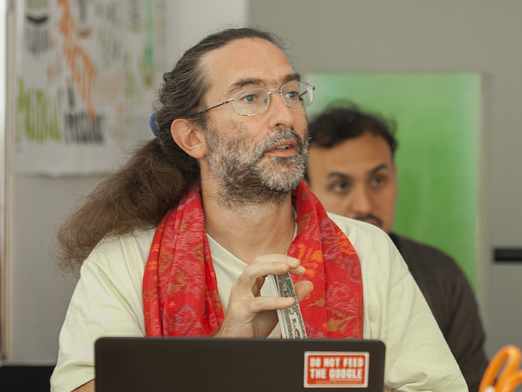 Some organisations I meet have a clear idea of the web sites they want, or think they do. They will write an RFP (Request For Proposal) which broadly outlines all the features of their desired web site and I think they expect that someone will walk in and build it as described. Using a modular system like Drupal it's very easy to allocate each feature to a module, and implement several features per day until the job is done. And yes, I could just walk in and build it, and many web shops, particularly small ones, will do just that.
Some organisations I meet have a clear idea of the web sites they want, or think they do. They will write an RFP (Request For Proposal) which broadly outlines all the features of their desired web site and I think they expect that someone will walk in and build it as described. Using a modular system like Drupal it's very easy to allocate each feature to a module, and implement several features per day until the job is done. And yes, I could just walk in and build it, and many web shops, particularly small ones, will do just that.
This is fine if you're a local business, but the danger with this approach for NGOs is that the site design is done by whichever staff member happened to draft the RFP and consists merely of a list of features. Without regard to the latest ideas, the strategic objectives or the architecture of the CMS, deeper tiers of the design process are likely to be neglected.
As web sites get more complicated, we need to acknowledge the role of information architecture in organising content. Information architecture encompasses or overlaps with many disciplines, such as:
- User experience
- Graphic design
- Database design
- Interface design
- Library Science
- Search
- Web Analytics
- Organisational Politics
NGOs in Geneva very often work with information as a primary resource, but in partnership with many organisations and accross boundaries and cultures. They need to acknowledge the relevance of these disciplines by consulting a specialist (such as myself!) before drawing up a list of features and inviting folks to quote for them. Implementing the features in a system like Drupal is the easy bit.

Comments